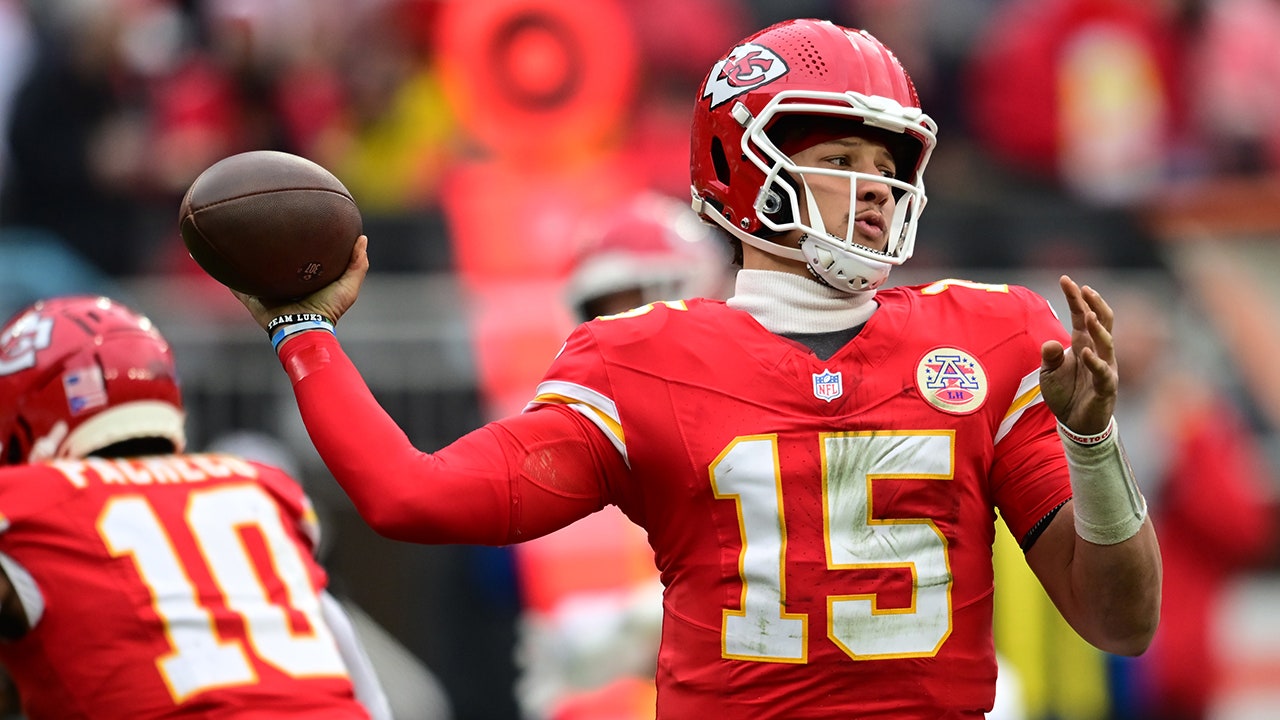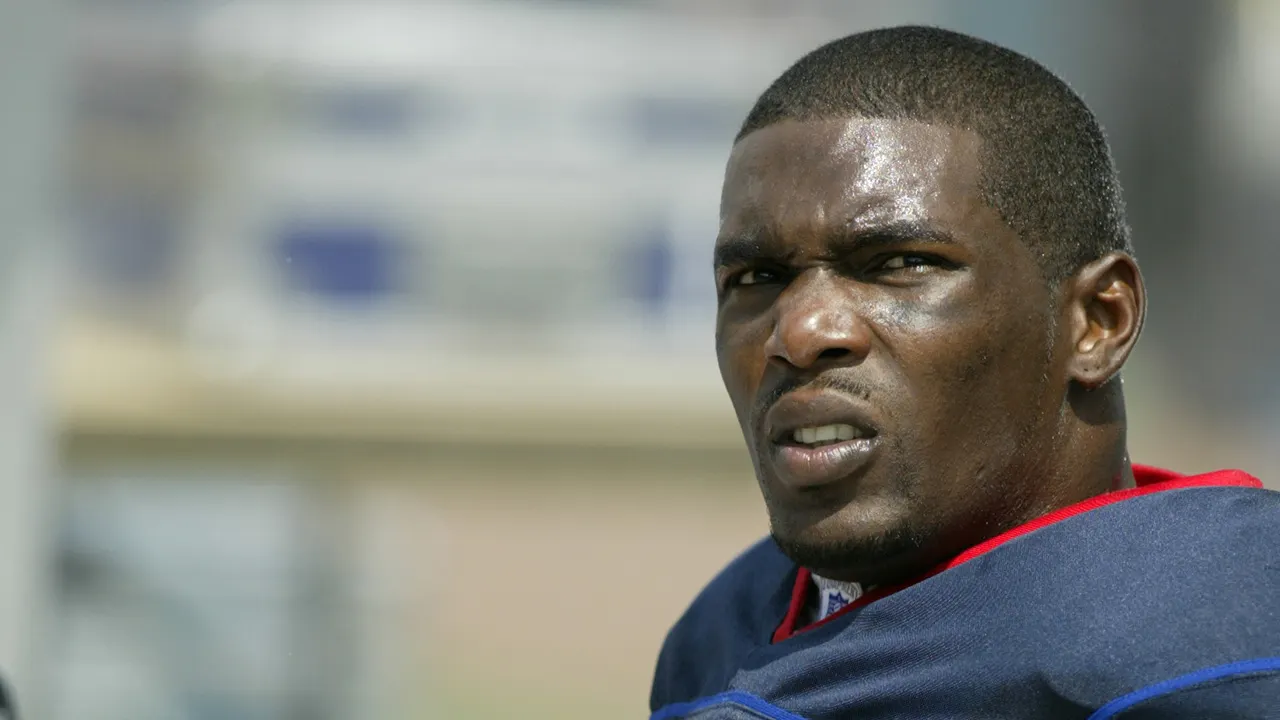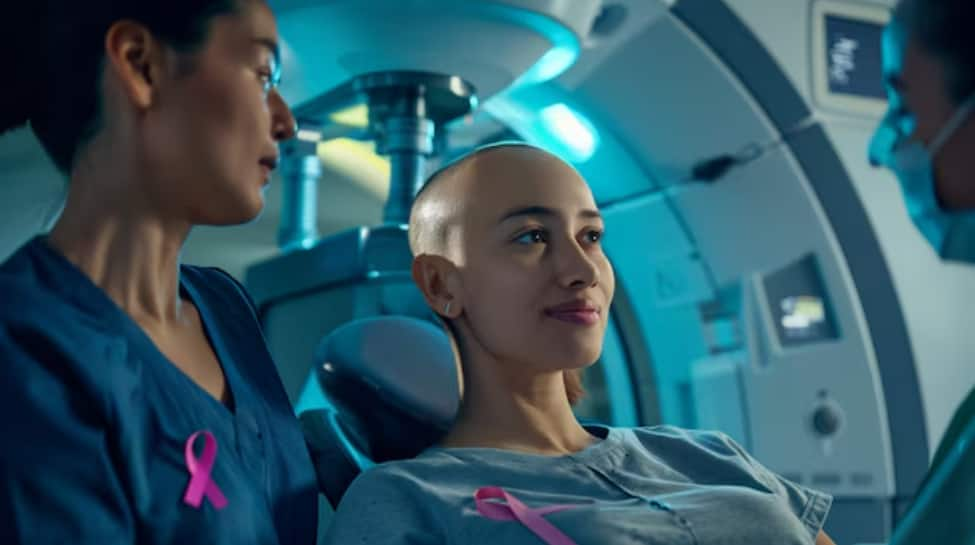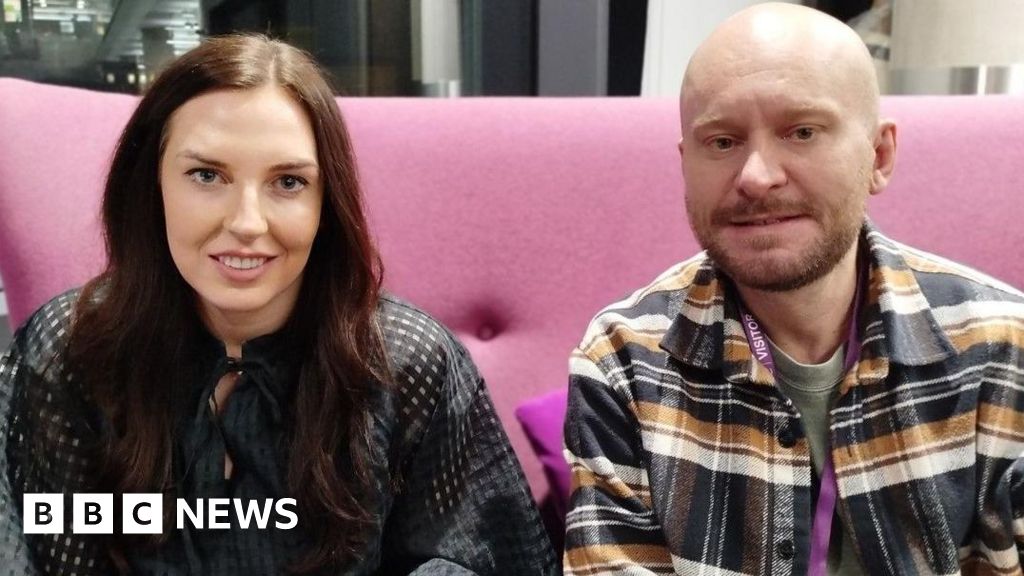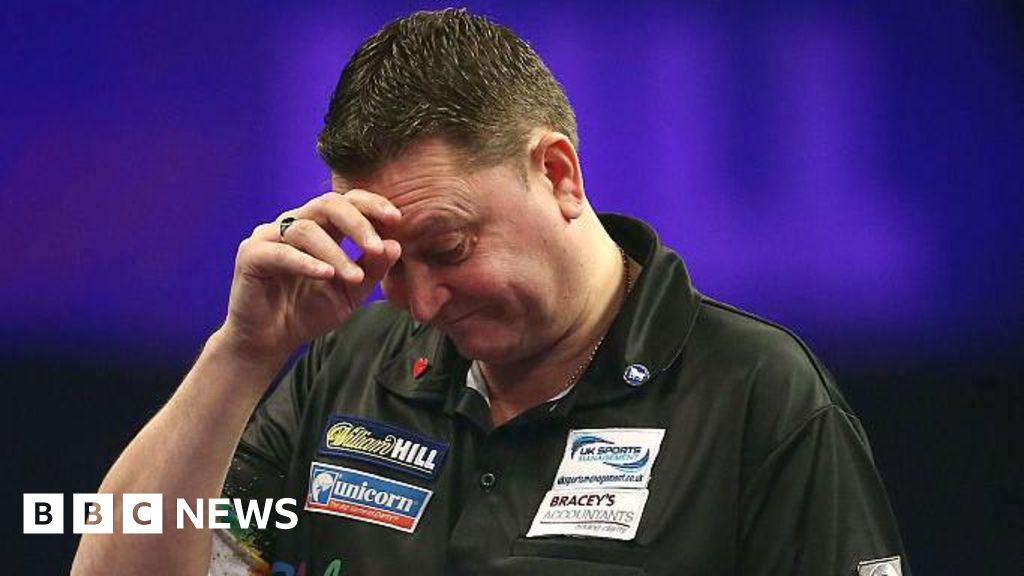Joint attention skills are likely to develop in infancy and are extremely pivotal for the development of social and communication skills. (Image: Shutterstock)
It is important to recognise issues with joint attention in those with autism so that it can be looked into and managed at a very early stage
The term ‘joint attention’ is heard everywhere these days, but what does the term indicate? Joint attention refers to the ability to share attention with another person towards a similar object or event. It hugely involves an interaction between two individuals and an object or event, wherein both individuals are aware of each other’s attentional focus on either the object or the event.
Joint attention skills are likely to develop in infancy and are extremely pivotal for the development of social and communication skills. Infants first learn to engage through joint attention by following an adult’s gaze or pointing gestures to an object or event. As the child grows and develops, they learn to initiate joint attention by pointing, looking, or vocalising to draw another person’s attention to an object or event.
Dr Himani Narula, developmental-behavioural Paediatrician & Co-Founder and Director of Continua Kids (Child Developmental Center) says, “Joint attention is essential for effective communication. It is also important for social development, as it allows individuals to establish and maintain social connections with others. Impairments in joint attention are a common feature of developmental disorders such as autism spectrum disorder and can have significant implications for social and communication development.”
She further added, “Individuals with autism may have difficulty following another person’s gaze or pointing gestures, which can hinder their ability to share attention. Additionally, they may have trouble initiating joint attention, which can make it challenging for them to engage in reciprocal social interactions.”
Impaired joint attention is a key feature and one of the earliest signs of autism spectrum disorder. Early joint attention-based intervention using visual aids, modelling and promoting joint attention are some of the strategies to help improve joint attention. Early intervention focused on improving joint attention can help improve social communication and interaction skills in individuals with autism, especially children.
Read all the Latest Lifestyle News here












